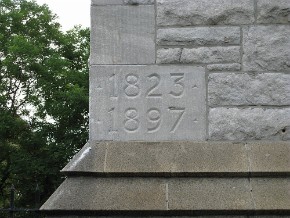Rejects in the center
We all do it. At the supermarket we survey the peaches or bananas and choose the ones with no bruises, leaving the rest. Similarly, a craftsperson will examine several pieces of wood before deciding on the one to work with and setting aside the rest.
What’s it like to be those that are rejected? What’s it like to be the apple that’s tossed away, the piece of wood that’s useless, the stone that the builders set aside? Rejection keys into our profound feelings of unworthiness, of being useless, peripheral, no more than a passenger in a world full of drivers. It makes us feel stupid, ugly, and unlovable.
I worked in a community where a leader said to me, “You know, we’re a bunch of misfits who somehow fit together.” He’d discovered that if we worked constructively with this reality, we could become something beautiful. Inclusion isn’t really the right word. It suggests there are those “in the center” whose lives are normal and privileged that should jolly well open the doors, welcome people in “from the periphery,” and be kind and generous. The problem is that this approach is patronizing and paternalistic. The community leader wasn’t regarding himself as normal and secure and above it all: he saw himself as one of the misfits. He was reframing the idea of a center and a periphery; the cost of that idea is that the periphery feels humiliated and the center feels smug.





